Yellow Starthistle
Information
Centaurea solstitialis - Asteraceae Family - Winter annual
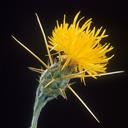
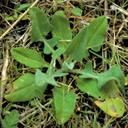
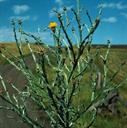
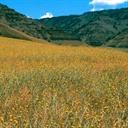
Identification
- Flowers: Single yellow flowers per branch.
- Seeds: A single plant can produce 150,000 seeds per year.
- Leaves: Sparse along the stem; Woolly and deeply lobed.
- Flowering time: June through August.
- Life cycle: Winter annual (i.e. germinates in the fall and then flowers the following summer).
Impacts
- Yellow starthistle is extremely competitive with annual grasses on rangelands, pastures and fields.
- It often completely changes the natural habitat it invades, native plant communities are lost, erosion is increased, and wildlife forage is reduced.
- When horses eat yellow starthistle, it causes "Chewing Disease," a fatal neurological disorder.
- Lastly, the large spines make it difficult for recreational activities such as hiking, biking, and horse riding.
Control
Most effective control methods
- For long term management, a multi-faceted approach including chemical, biological, and cultural practices is most effective.
- As an annual, Yellow starthistle must produce seed every year in order to remain competitive; Spring applications of 2, 4-D, Dicamba, or triclopyr are effective in the seedling stage.
- In both small and large infestations, plant competition by seeding disturbed areas with desirable grass species that will compete for resources but not be affected by the broad leaf herbicides is best for long-term management.
Control methods and timing
| March | April | May | June | July | Aug | Sept | Oct |
|---|---|---|---|---|---|---|---|
|
Chem |
Chem |
Chem |
Cult |
Cult |
Prevention (Prev) Monitor and destroy new plants before seed production.
Mechanical (Mech) Hand pulling, digging, cutting, mowing and tilling.
Cultural (Cult) Biological control agents, livestock grazing, and revegetation practices.
Chemical (Chem) Selective herbicides based on the plant and the specific location. Check our weed fact sheets for specific control information.
Large Images
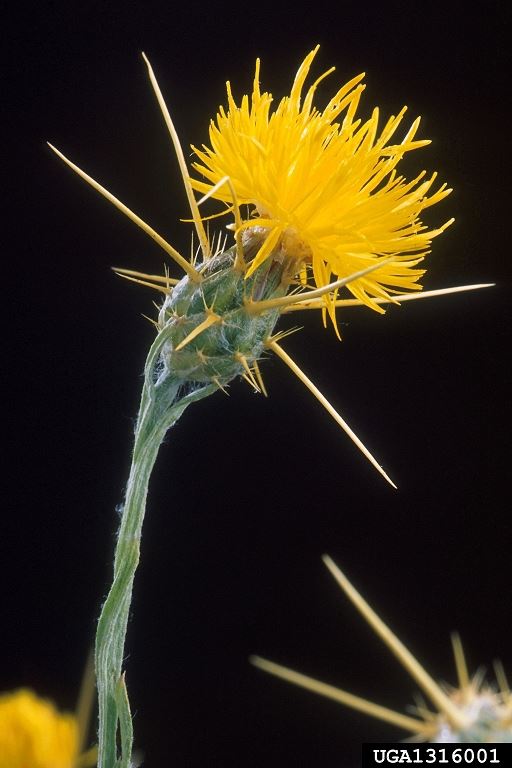
Yellow starthistle: flower
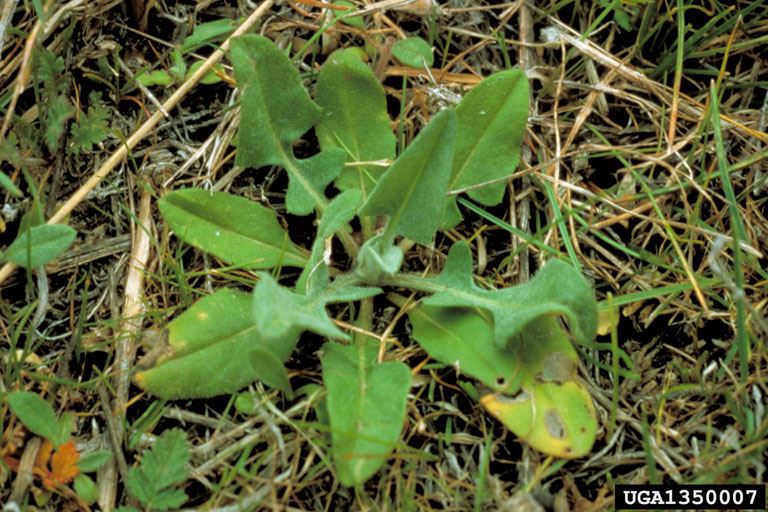
Yellow starthistle: seedling
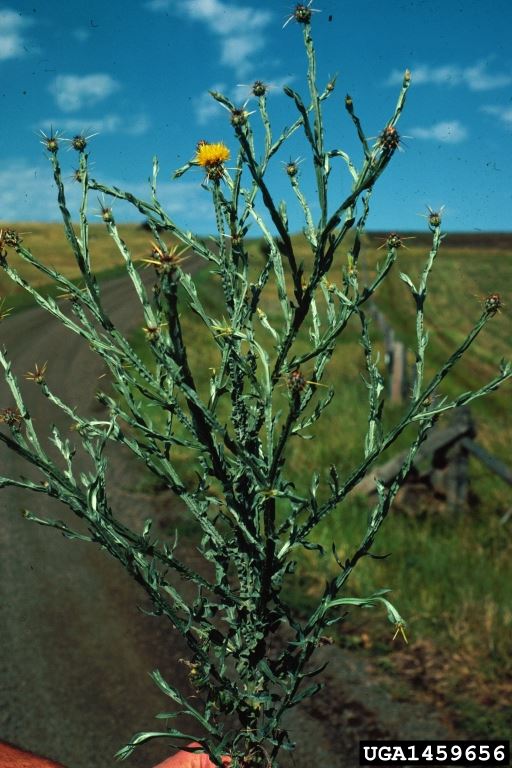
Yellow starthistle: plant
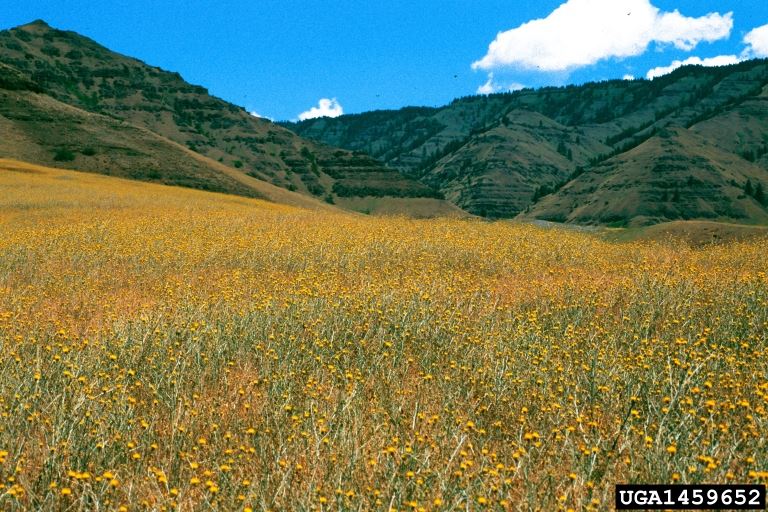
Yellow starthistle: infestation
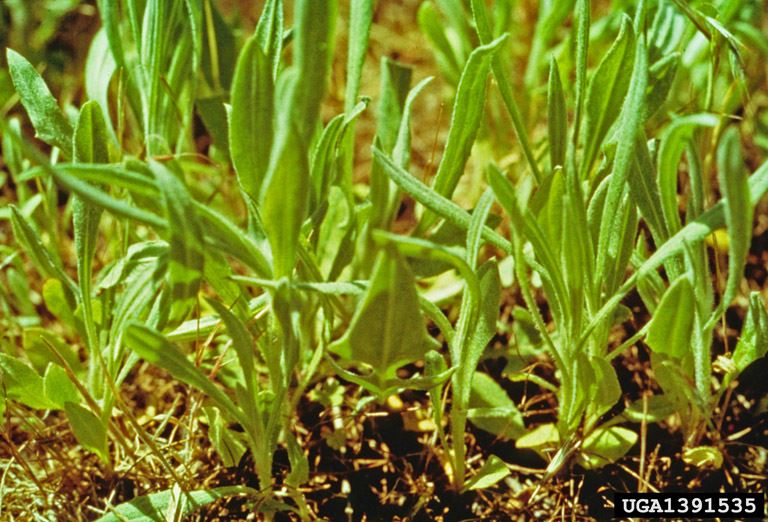
Yellow starthistle: seedlings
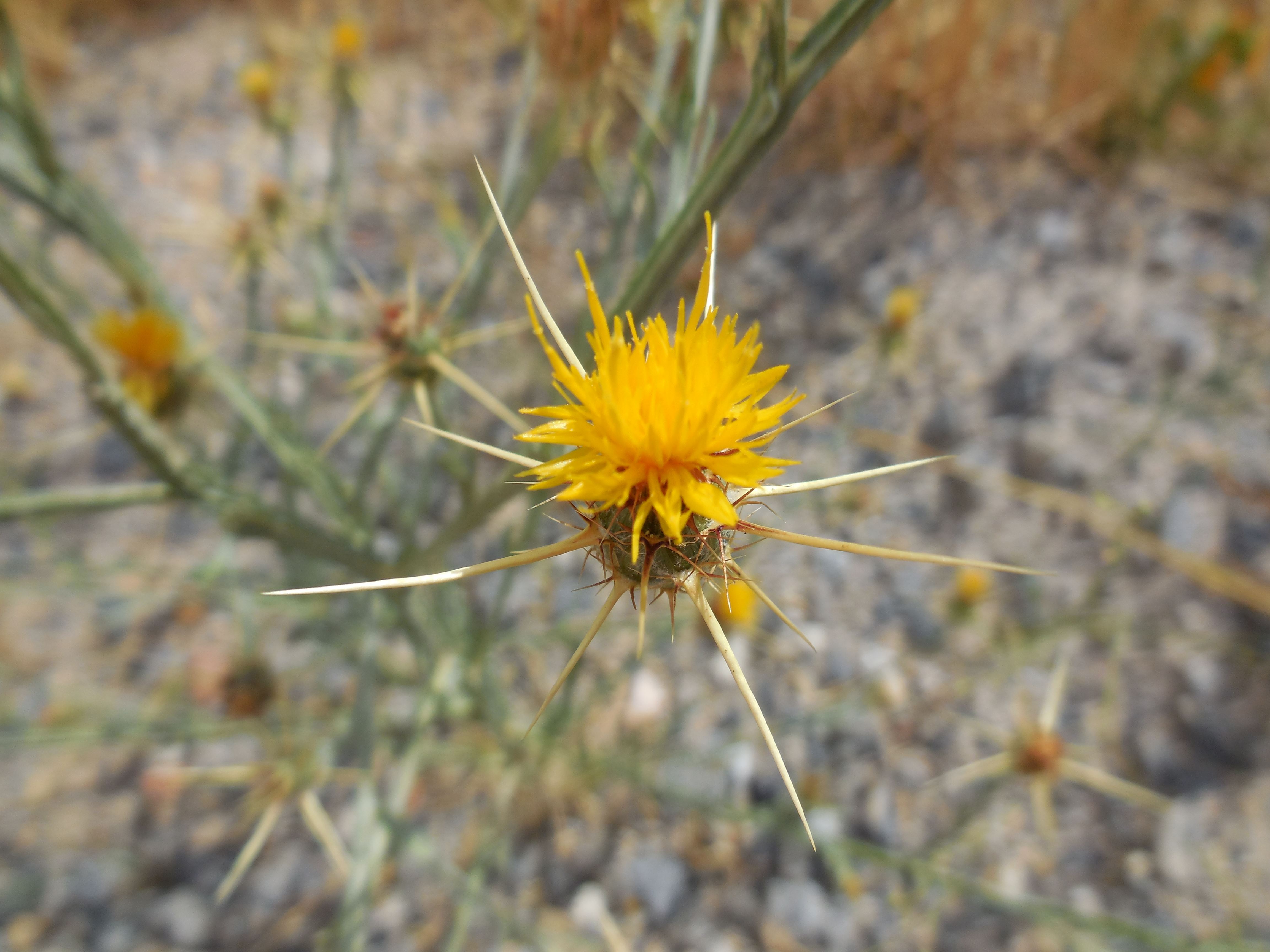
Yellow starthistle: flower
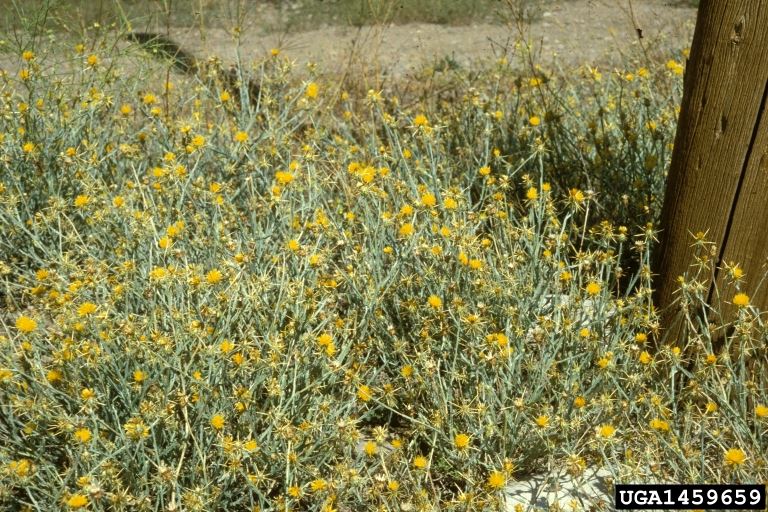
Yellow starthistle: infestation
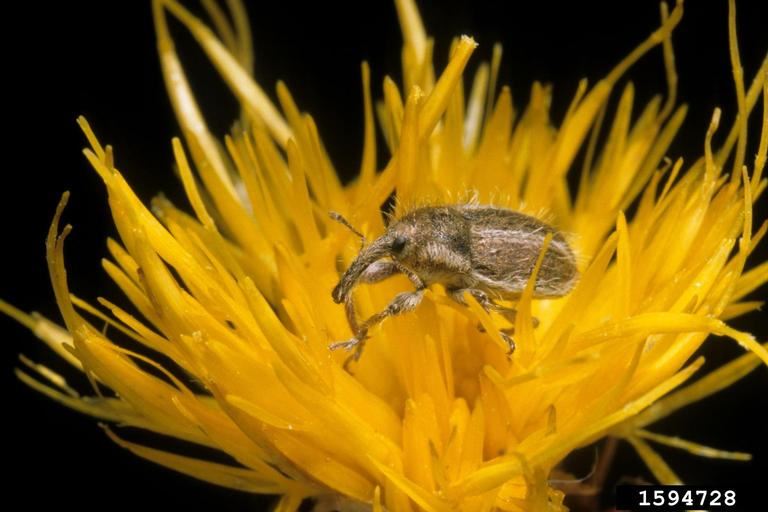
Yellow starthistle hairy weevil, used for biocontrol
Resources
-
-
References
DiTomaso, J.M., G.B. Kyser et al. (2013). Weed Control in Natural Areas in the Western United States [PDF file]. Weed Research and Information Center, University of California. Retrieved from https://wric.ucdavis.edu/information/natural-areas/wr_C/Centaurea_solstitialis.pdf View PDF
University of California Agriculture & Natural Resources Statewide Integrated Pest Management Program. (2007, September). Yellow Starthistle. Retrieved from http://ipm.ucanr.edu/PMG/PESTNOTES/pn7402.html
USDA NRCS Montana/Wyoming Plant Materials Program. (2011, September). Yellow Starthistle [PDF file]. Retrieved from https://www.nrcs.usda.gov/Internet/FSE_PLANTMATERIALS/publications/mtpmspg10613.pdf View PDF
USDA Forest Service. (2014, September). Field Guide for Managing Yellow Starthistle in the Southwest [PDF file]. Retrieved from https://www.fs.usda.gov/Internet/FSE_DOCUMENTS/stelprdb5410133.pdf View PDF




